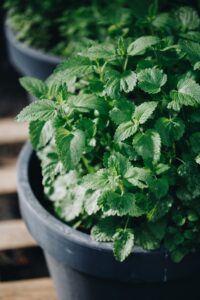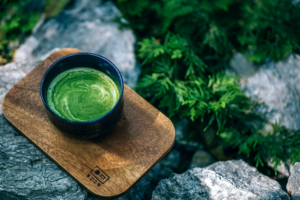This post may contain affiliate links. Tea and Earth is a participant in the Amazon Associates Program, an affiliate advertising program designed to provide a means for sites to earn advertising fees by linking to Amazon.co.uk
The mint plant, scientifically known as Mentha, is a genus of plants in the family Lamiaceae. There are over 25 species of mint, including peppermint, spearmint, and chocolate mint, among others. These plants are widely grown for their aromatic leaves, which are used as flavourings in a variety of dishes, as well as for their medicinal properties.

Origins: Mediterranean
Appearance: Toothed leaves and tiny purple, pink, or white flowers
Aroma: Menthol and fresh aromatic flavour
Taste: Subtly sweet taste and cool sensation
Mint plants are known for their distinct aroma, which comes from the essential oils present in their leaves. The leaves are generally green and toothed, and grow in opposite pairs along the stem. Mint plants also produce small flowers that can be pink, white, or purple in color, depending on the species.
Mint is a very easy plant to grow and is often used as an herb in cooking. It can be grown both indoors and outdoors, and prefers moist soil and partial shade. Mint plants are also known to be highly invasive and can quickly spread throughout a garden, so it is important to plant them in a container or in a contained area of the garden.
The History of Mint
Mint has a long history of medicinal use, dating back to ancient times. It is commonly used to aid digestion, relieve headaches, and reduce nausea. Mint is also a natural insect repellent and can be used to repel mosquitoes, ants, and other pests.
Overall, the mint plant is a versatile and useful herb that is easy to grow and has many culinary and medicinal uses.







